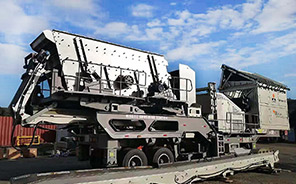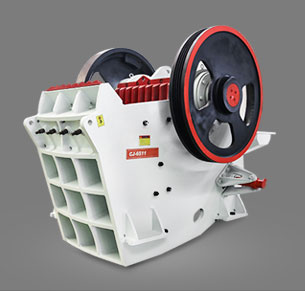Efficient thickener machinery is designed to maximize solid-liquid separation, reduce water content in slurries, and optimize process performance in industries like mining, wastewater treatment, and chemical processing. Here’s a breakdown of key aspects:
1. Types of Efficient Thickeners
– High-Rate Thickeners: Use flocculants and optimized feedwell designs for rapid settling (e.g., Eimco, FLSmidth).
– Deep Cone Thickeners: High underflow density with a steep cone angle (common in coal/paste thickening).
– Paste Thickeners: Produce non-segregating, high-density underflow for disposal or backfill.
– Lamella/Inclined Plate Thickeners: Compact design with inclined plates to enhance settling area.
 2. Key Features for Efficiency
2. Key Features for Efficiency
– Advanced Feedwell Design: Ensures even distribution and optimal flocculation.
– Automated Control Systems: Sensors for bed level, torque, and density (e.g., IoT-enabled monitoring).
– Energy-Efficient Drives: Variable frequency drives (VFDs) for rake mechanisms.
– Polymer Optimization: Smart dosing systems to minimize chemical use.
– Underflow Monitoring: Real-time nsity meters to prevent over-thickening or blockages.
nsity meters to prevent over-thickening or blockages.
3. Leading Manufacturers
– FLSmidth (RapidTech®)
– Metso Outotec (High-Capacity Thickeners)
– Andritz (Deep Bed Paste Thickeners)
– Eimco (E-Cat® High-Rate Thickeners)
4. Applications
– Mining: Tailings dewatering, concentrate thickening.
– Wastewater: Sludge thickening in municipal/industrial plants.
– Chemical: Clarification of process streams.
5. Selection Criteria
– Feed slurry characteristics (particle size, solids content).
– Required underflow density/throughput.
– Space constraints (lamella vs. conventional).
– CAPEX vs. OPEX trade-offs.
6. Maintenance Tips
– Regular rake mechanism inspections.
– Monitor flocculant dosage to avoid overdosing.
– Clean inclined plates (for lamella types) to prevent clogging.
For specific use cases or machinery recommendations, provide details like flow rate, industry, or desired underflow density!




